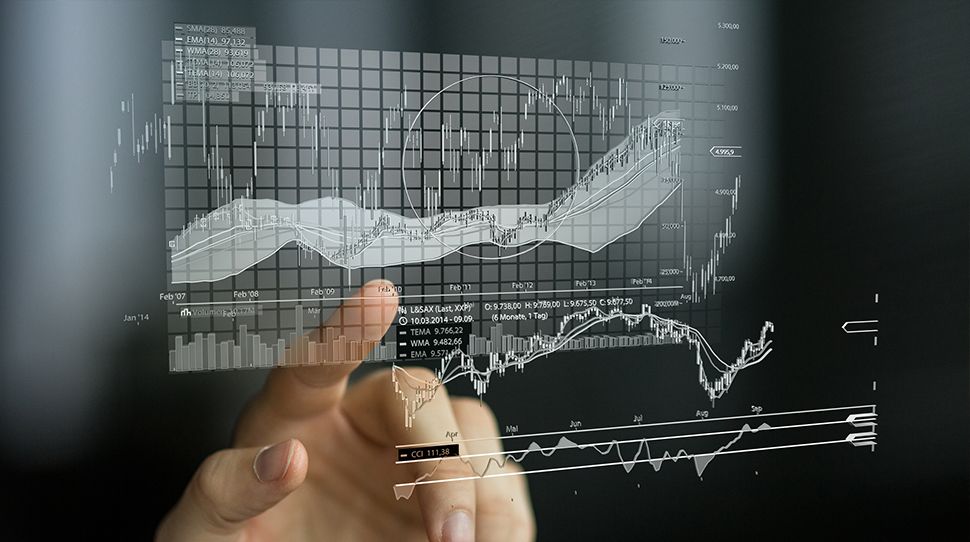Coronavirus: Uncharted territory and uncertainties

What are the key developments since last week?
- An acceleration of the number of infected people in the world, with a strong acceleration in Italy of 7, 000 cases, which is scrutinized as it may prefigure the acceleration path for other countries,
- Oil price free fall (-25% to -30%) due to the absence of agreement between OPEC and Russia, and willingness of Saudi Arabia to increase production volumes, leading to a -30% price on Monday morning,
- A liquidity stress on credit markets developed over the last days,
- Markets anticipate additional easing form central banks, with uncertainty of ECB internal alignment and remaining policy room, in particular on interest rates,
- Markets fell by about 5% on Friday and Monday’s opening of futures on Europe indicate another very difficult day, with a future on Eurostoxx 50 at -8%, and peripheral spreads attacked with Italy 2 year yield rising by +45 bp.
An uncharted territory
- We are entering levels of correction and volatility that rarely occur and that takes us back to 2008 on equities and to 1991 on oil price volatility,
- We are at maximum level of stress because we are at maximum level of uncertainties,
- This also reflects that investors’ anticipations are moving and adapting very fast; just two weeks ago, we had a few hundreds of cases in Europe, and we are now above 10, 000,
- This risk scenario has de facto become the central scenario of many investors from a macro and markets standpoint.
A global reset of risks
- In the most leveraged parts of the credit market, there is a classical loop playing: worsening of fundamentals, anticipation of increases in rating downgrades, normalisation of default rates triggering a reset of bond prices,
- A second loop kicks in: as in December 2018 or in January 2016, liquidity is very limited, in markets that had very narrow spreads, which amplifies the correction: some bonds lost as much or more than equities
- The third loop that developed in the last days is between a crash of oil prices and dislocation on high yield, as it occurred in 2015-2016,
- The stress on liquidity puts many investors in the psychological conditions of 2008,
- However we should refrain from comparing this situation to 2008: we have a decorrelation of risks but we do not have indicators of systemic risk flashing red at this stage.
What are the changes to our investment and market scenario?
- We confirm the idea that the shock on H1-2020 growth will be severe on European growth with a probable recession in Europe in Q2 if not already in Q1,
- Our central scenario with global growth below but close to 3% sees his probability reduced to 40-50%.
- The rising probability of entering in the risk case (global pandemic, generalisation of activity shutdowns) increases the chances of revising 2020 GDP growth to 2.5% or lower if a larger number of countries implementing radical preventive measures,
- We may continue to downgrade our 2020 EPS growth case that we had already revised negatively by c. 4 points,
- We anticipate that liquidity stress in credit market can increase refinancing risk and default rates in credit and that oil price drop will further harm high yield markets,
- We anticipate that the surge of volatility will drive both automatic selling pressure as well as panic selling,
- Safe havens such as gold and treasuries will continue to rise.
March 09, 2020




